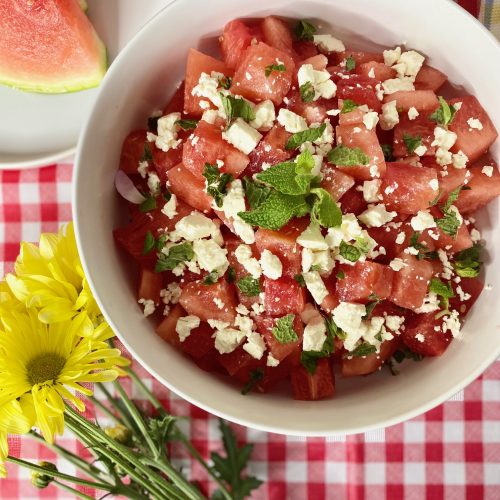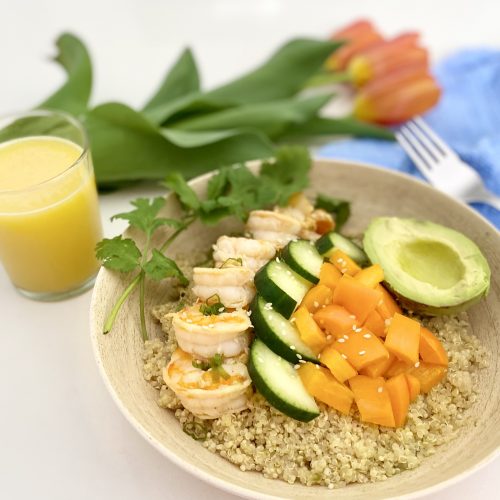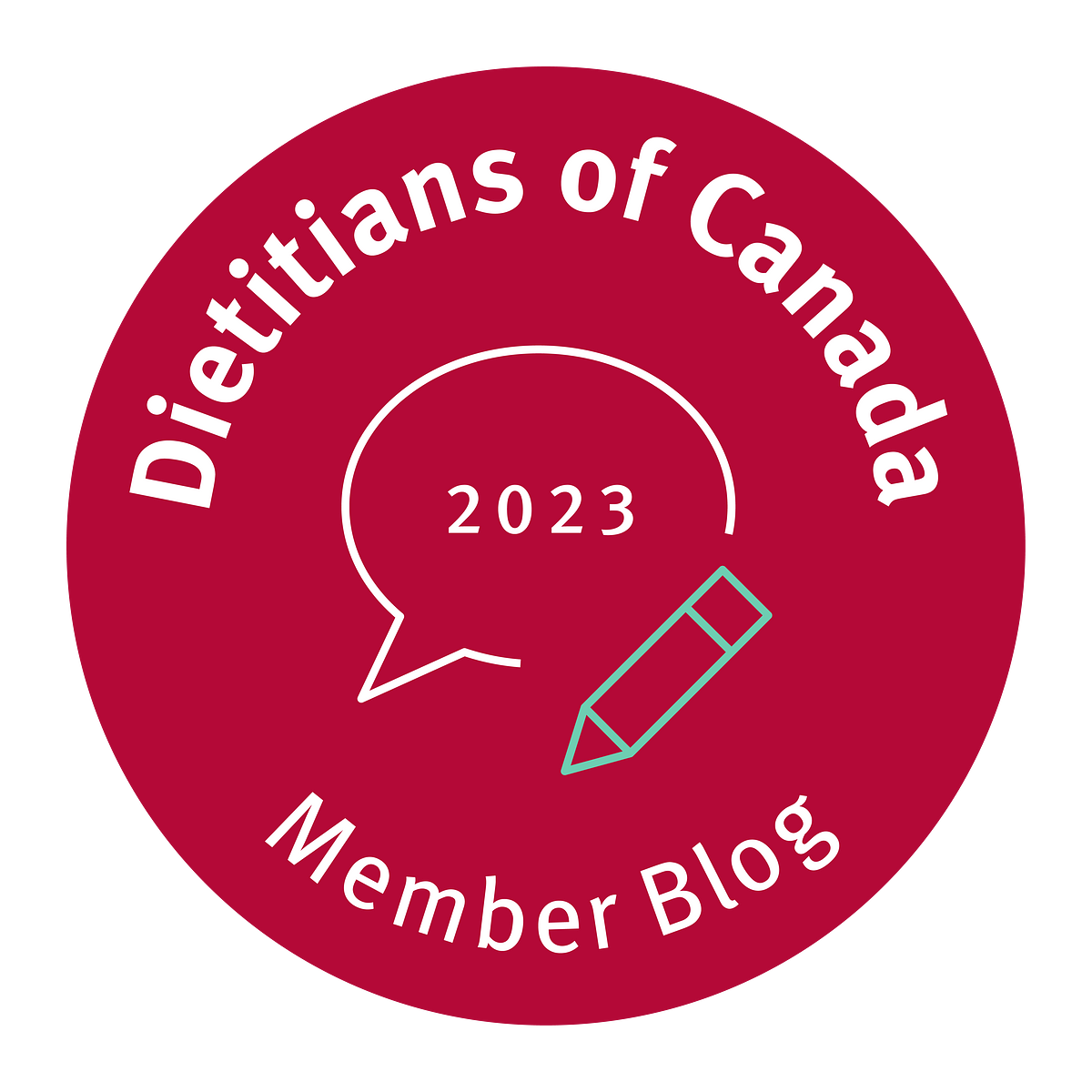
Watermelon Salad
You can't have a picnic without watermelon! This Watermelon Salad is so flavourful and refreshing - enjoy!
Ingredients
Salad
- 1/2 small watermelon, peeled and cut into cubes
- 1/2 cup crumbled feta cheese (or more if you'd like)
- 1/4 cup fresh mint leaves, chopped
Dressing
- 2 Tbsp lime juice
- 1-2 Tbsp honey
- 1 Tbsp olive oil
Instructions
- Add watermelon pieces to a large bowl. Sprinkle in feta cheese and mint.
- In a small bowl or jar, whisk together the dressing ingredients.
- Drizzle dressing over salad and gently toss.

